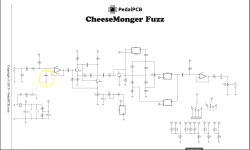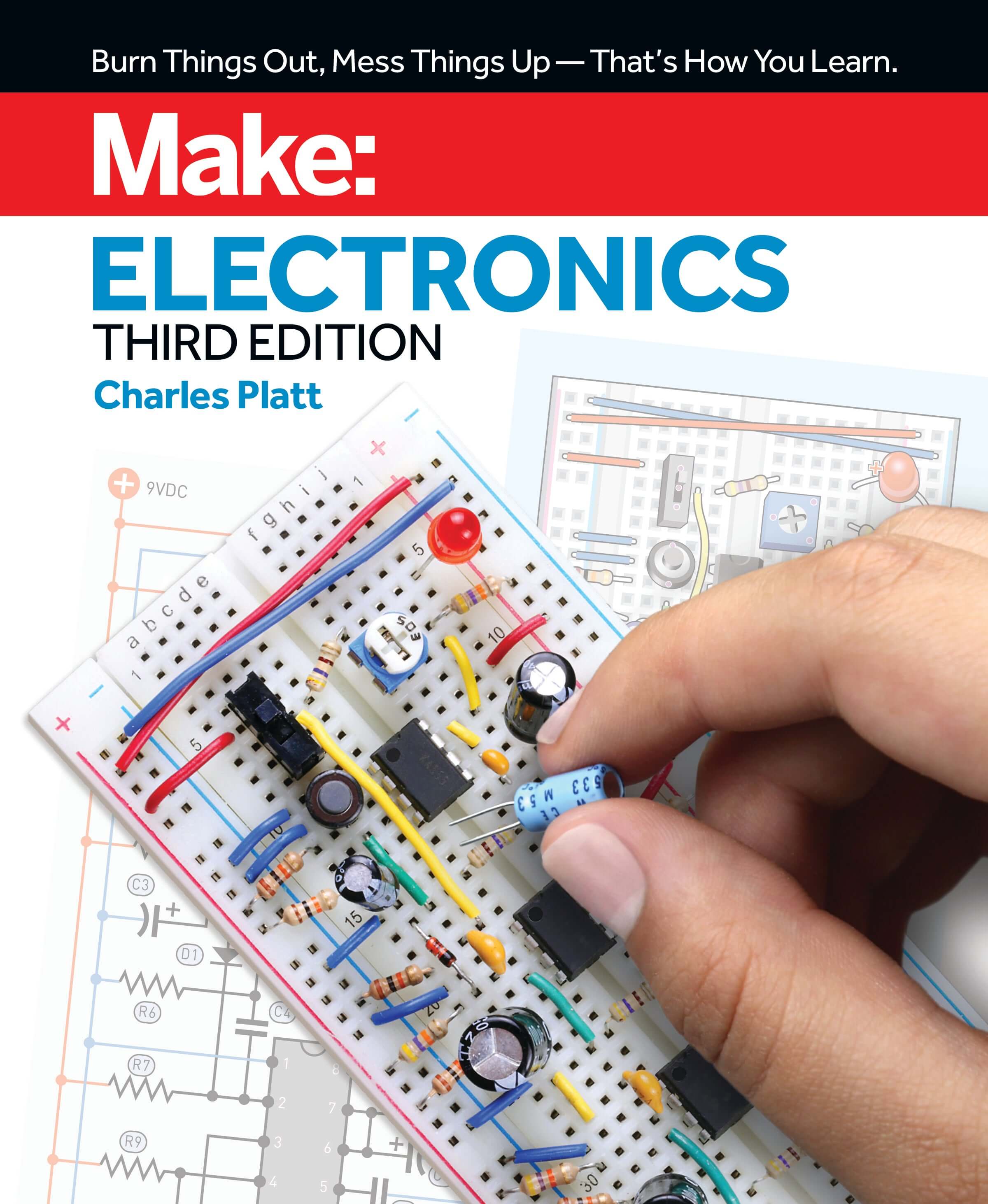seangarland123
Member
Looking for some help learning & understanding schematics.
I am building the PedalPCB Cheesemonger, and realized that I was missing the 1N5 resistor (circled in yellow in the schematic). I've placed an order for one, but would love to know more about what it is doing, and what the impact would be if I replaced it with a higher or lower resistor?
I am still learning how to read schematics, and understand basic foundational info about electricity, so any help would be appreciated!
I am building the PedalPCB Cheesemonger, and realized that I was missing the 1N5 resistor (circled in yellow in the schematic). I've placed an order for one, but would love to know more about what it is doing, and what the impact would be if I replaced it with a higher or lower resistor?
I am still learning how to read schematics, and understand basic foundational info about electricity, so any help would be appreciated!



